People often ask about the origins of what has become known as “Common Craft Style” and what inspired us to use paper cut-outs, hands and a whiteboard. The truth is, it was a solution to a problem.
I had been experimenting with drawing on a whiteboard in live action videos and found it frustrating. I felt like such a dork trying to draw and look at the camera at the same time. It felt forced. Sachi, always the problem solver and adult in the room, suggested our current format. She had seen me reach for paper and use drawings when trying to explain something and saw the format as a natural extension of that tendency.
Many years later, here we are. The original format of that first video, RSS in Plain English, is still very close to the videos we make today.
As it turns out, our videos use the same principles of some of the very first animations. They are live action recordings, with stop motion and other visual effects that create animations. I was amazed to see the video below, which was recorded in 1900, 111 years ago:
According to the entry on Roger Ebert’s blog, which calls the video the first American animation called The Enchanted Drawing:
American animation owes its beginnings to J. Stuart Blackton, a British filmmaker who created the first animated film in America. Before creating cartoons, Blackton was a vaudeville performer known as "The Komikal Kartoonist." In his act, he drew "lightning sketches" or high-speed drawings. In 1895, he met Thomas Edison. Can you guess what this meeting with the famous inventor inspired him to do?
There is amazingly little difference between the animation above and what we do at Common Craft. It's a simple process of holding the camera still and changing what appears on a frame-by-frame basis.
For another example, consider Terry Gilliam’s work on Monty Python, which doesn't use video, but photos. He was the creator of the colorful animations that became one of the most memorable parts of the show. Here’s a video of him talking about his process in 1974 (via CartoonBrew).
Again, it’s very close to our process. It’s just stop-motion with cut-outs. Take a look at the example of his storyboards from the video above:
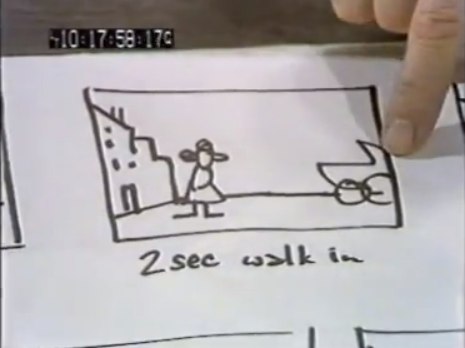
We start each project with “thumbnail storyboards” that look like this:
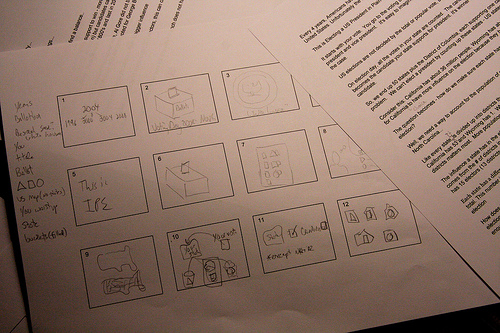
Here’s his lighting a set-up
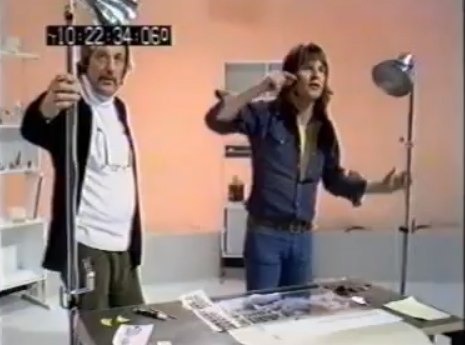
And ours:
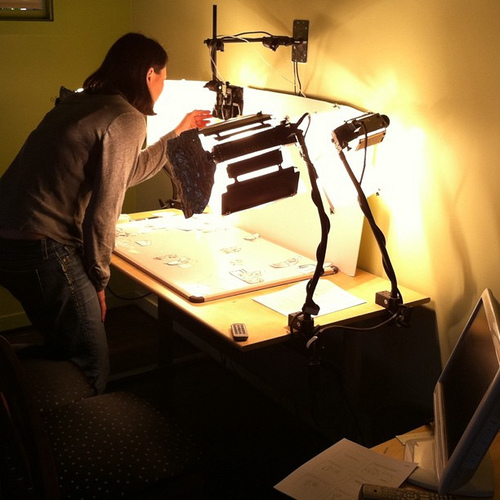
His hand moving the cut-outs...

And Ours...
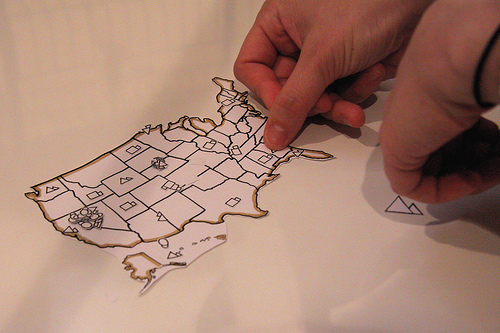
So what we do has roots that go back to the very beginning. While these examples came to us recently and were not a part of our early process, I think it’s fascinating that the simple idea of live action animation has changed so little over the years.
To get a feel for our process, check out this time-lapse footage that shows the entire production of Twitter Search in Plain English: